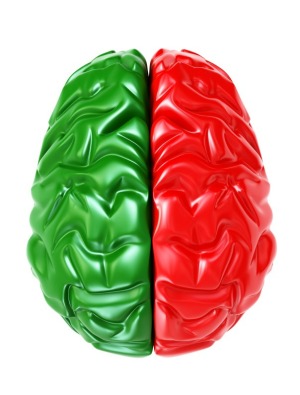
Despite appearing outwardly symmetrical, the brain actually exhibits many structural and functional asymmetries. The habenular nuclei, which are brain regions involved in functions ranging from aversive learning to reproduction, show marked asymmetry in size, anatomy and gene expression.
In zebrafish, the habenular nuclei contain dense axons and dendrites (neuropil) on the left side only. This anatomical feature is correlated with increased expression of the protein Kctd12.1 on the left. Joshua Gamse, assistant professor of biological sciences, and colleagues investigated the role of Kctd12 proteins in the left-right asymmetry of this brain region in zebrafish.
In the July 6 Journal of Neuroscience, they report that Kctd12.1 interacts with another protein Ulk2, which promotes neuropil growth. Reducing Ulk2 expression (or increasing Kctd12 expression) reduces neuropil, while overexpression of Ulk2 (or loss of Kctd12 expression) enhances neuropil, suggesting that Kctd12 proteins limit Ulk2 activity. The findings represent a regulatory mechanism that may underlie the development of asymmetry in this brain region and others.
This research was supported by the National Human Genome Research Institute, the National Institute of General Medical Sciences, and a Vanderbilt University Discovery Grant.